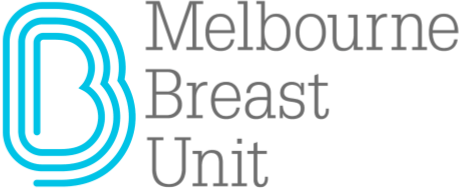Adjuvant Therapy
What is Adjuvant Therapy?
Adjuvant therapy is often used after primary treatments, such as surgery, for Breast Cancer.
The purpose of Adjuvant Therapy to reduce the chance a cancer recurring. Even if your surgery was successful at removing all visible cancer, microscopic bits of cancer sometimes remain and are undetectable with current methods.
Adjuvant therapy given before the main treatment is called neoadjuvant therapy. This type of adjuvant therapy can also decrease the chance of the cancer coming back, and it's often used to make the primary treatment — such as an operation or radiation treatment — easier or more effective.
Types of Adjuvant Therapy?
Types of cancer treatment that are used as adjuvant therapy include:
- Chemotherapy. Chemotherapy uses drugs to kill cancer cells throughout the body.
- Hormone therapy. For cancers sensitive to hormones, certain treatments can stop hormone production in your body or block the effect of hormones.
- Radiation therapy. Radiation therapy uses high-powered energy beams, such as X-rays or protons, to kill cancer cells. It can be given internally or externally.
- Immunotherapy. Immunotherapy works with your body's immune system to fight off any remaining cancer cells by stimulating your body's own defenses or supplementing them.
- Targeted therapy. Targeted therapy is designed to alter specific abnormalities present within cancer cells. For example, a targeted therapy is available to block the action of a protein called human epidermal growth factor receptor 2 (HER2) in women with breast cancer.
BREAST CONDITIONS
BREAST DIAGNOSIS
BREAST TREATMENT
CONTACT
Fax: (03) 9419 6416
Level 1, Suite 113
320 Victoria Parade,
East Melbourne VIC 3002



